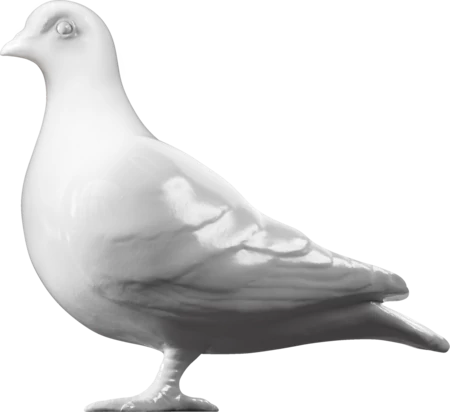Saxon & Medieval — 9th-12th century
Pin
This hipped bone pin is incomplete. The bulge before the tip of the pin creates the 'hip'. It is one of the last forms of bone pin before they dissapeared, to be replaced by metal pins, which were naturally more refined. Hipped pins have shorter, thicker shanks with pronounced hips, and often prominent, sometimes ornamental, heads. Unfortunately the head has been lost here. This type of pin could have been for a particular purpose, such as fastening a specific type of clothing, or headdress, though this is largely unknown. Pins were used before the general use of buttons in order to fasten loose clothing, in addition to brooches, straps and ties. Bone pins start to dissapear after the early 13th century, most likely because they could not compete in fineness with metals pins, which were essential for fastening veils.
- Category:
- Saxon & Medieval
- Object ID:
- A92
- Object name:
- pin
- Object type:
- Artist/Maker:
- —
- Related people:
- Related events:
- Related places:
- Production date:
- 9th-12th century
- Material:
bone
- Measurements/duration:
- L 63 mm, D 5 mm (overall)
- Part of:
- —
- On display:
- —
- Record quality:
- 100%
- Part of this object:
- —
- Owner Status & Credit:
Permanent collection
- Copyright holder:
digital image © London Museum
- Image credit:
- —
- Creative commons usage:
- —
- License this image:
To license this image for commercial use, please contact the London Museum Picture Library.
